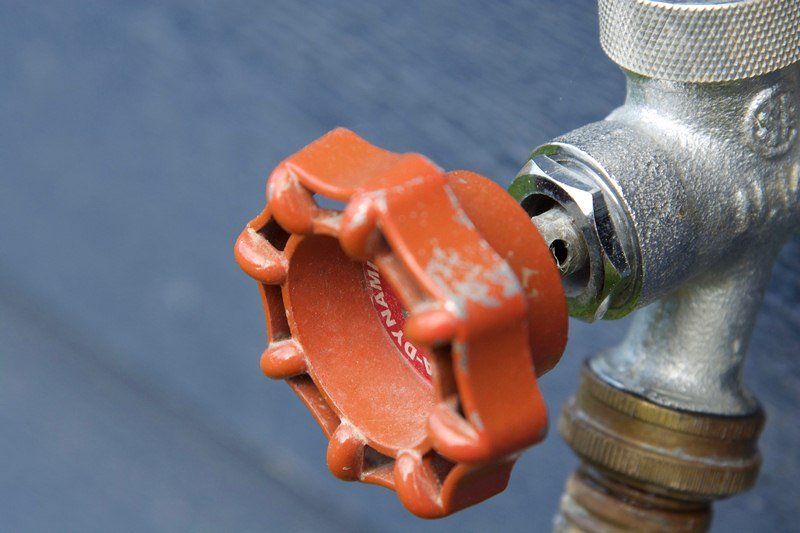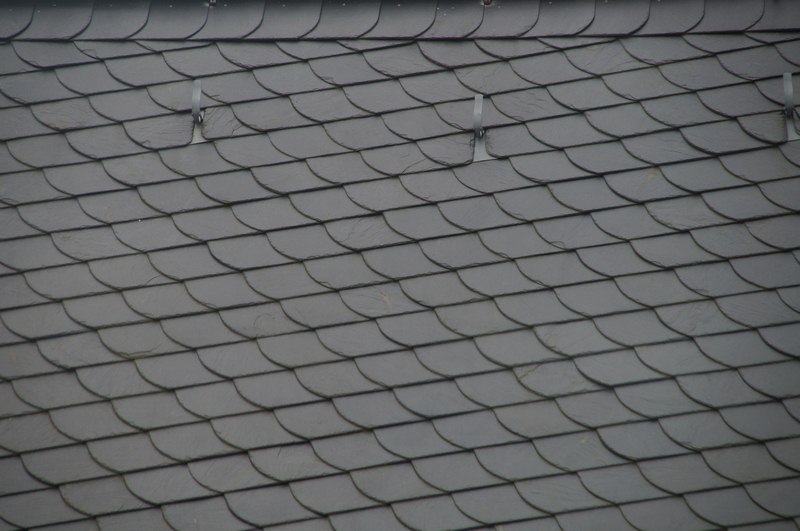Table of ContentsShow
Generally, winter can be a lot of fun. But the cold harsh months and the onslaught of snow, ice, and dropping temperatures can result in costly home repairs once the season has thawed. Those living in the northeastern region of the United States, particularly New England, can attest to the long, frigid embrace of winter.

Preparing Your Home for the Winter Season
Winters, as everyone who has ever lived with them knows, are as unpredictable as they come. Winter storms appear out of nowhere, extreme cold temperatures can suddenly creep up without any warning, and hazards such as black ice can pose a real problem, resulting in slippery conditions. As a homeowner, being prepared for the multiple hazards winter brings means more than just bundling up for the cold season ahead.
From paving the driveway to ensuring you have an emergency kit for any prolonged winter storms, the tips below will help prepare your home for the hazards of winter weather.
Read Also:
Implement Driveway Maintenance
While fall is the ideal season to maintain your asphalt driveway, there are certain precautions you can take during the winter season to ensure your driveway does not emerge as a poorly maintained shadow of its former self once the blankets of ice and snow begin to thaw away. With winter well underway, you can start maintaining your driveway to avoid potentially serious damages from happening.

The best paving contractors in New England advise against delaying crack repairs. Not repairing cracks as they appear allows water and moisture to pool beneath the pavement, causing additional damage.
To minimize damage to your driveway as you pave away ice and snow, take precautions and use a rubber or plastic-bladed shovel. If you’re using a snow plow, ensure your blade is set to the correct height to minimize damage to the asphalt.
Protect Your Plumbing

Before the winter season truly settles in, be sure you prep your plumbing. Make sure water spigots are closed, outside water hoses are disconnected, and blow out any in-ground sprinkler pipes. Familiarize yourself with the shutoff valves in the unfortunate incident that a pipe or pipes end up bursting.
Seal Leaks
Having drafts or air leaks can be a money-wasting problem, but particularly more so during the winter months. Every drop in the temperature can contribute to driving up your heating bills. Before you start feeling a nip in the air, be sure to shore up your home’s insulation.

Keep drafts to a minimum by installing storm windows and doors, replacing worn weather stripping, and re-caulking has worn or cracked caulking to prevent gaps. Add insulation to flooring and areas where cool air can seep inside, such as exhaust fans and attic stairs. This will keep the heat in and the cold out.
Additionally, be sure to caulk and seal any holes that allow cables, wires, or pipes to go from the outside to the inside of your home.
Routinely Check Heating Sources
Few things are as enjoyable during a cold snap as a cozy evening spent in warmth by a crackling fire, or with your home’s heating system. Be sure they’re both up to the task by having them inspected and cleaned before winter sets in. Having a professional do a routine check before the first frost ensures you minimize the risk of having to wait in line during the coldest months of the year to get your heating systems repaired.

Besides hiring a professional to inspect your heating sources, perform your own routine checks to add energy saving solutions to your heating bill. Inspecting filters and vacuuming vents optimize your home’s heating system, ensuring it functions flawlessly throughout the winter stretch.
Hit the Roof
Loose, missing, or damaged shingles or insufficient flashing can contribute to the reduction of your home’s heating capability. Inches of heavy melting snow can also cause substantial damage, contributing to opportunities for moisture to wreak further havoc.

It’s important you inspect your roof every season; or at the very least, once in spring and again in the fall. Winter conditions pose a problem for roof repairs so its best to address any pressing issues during more agreeable weather. When inspecting your roof, look for shingles that appear loose or damaged, ensure gutters are securely attached and confirm that areas such as vents or your chimney have sufficient sealing.
Remove any tree branches to avoid any tree-related damage to your roof as well as potential liabilities if any tree branches fall on your neighbor’s roof.
Install Carbon Monoxide Detectors
While most homes will be equipped with a smoke alarm, few have carbon dioxide detectors, despite their significant importance.
The cold winter months, when all homes seal their doors and windows, increase the risk of carbon monoxide poisoning. In a report published by the Centers for Disease Control and Prevention (CDC), nearly half of unintentional carbon monoxide poisoning incidents occur during winter months, particularly December, January, and February. As a colorless, odorless poisonous gas, carbon monoxide is almost impossible to detect without the aid of a carbon monoxide detector.
Make sure you install carbon monoxide detectors no matter the season. And while you’re at it, inspect your smoke alarms to confirm they are in working condition.
Stock Up On Winter Essentials
The unpredictability of a winter storm can mean weathering moderate snowfall for a few hours or enduring a blizzard that can last several days. This can result in power being disrupted for quite some time, leading to potentially life-threatening conditions, specifically for those susceptible to prolonged exposure to the cold like infants or the elderly.
When such an event occurs, you’ll want to be prepared. Make sure you don’t wait until a disastrous winter storm hits to pack cold weather essentials.
When preparing winter essentials, initial considerations should include adequate food and water provisions, portable generators and indoor heaters, and emergency supplies such as additional blankets and bedding and personal hygiene items. Be sure to also have sufficient salt or ice melt supplies. Having these provisions on hand will allow you to weather any winter storm that may occur.
Conclusion
The winter season can be a thoroughly enjoyable time of the year. By preparing a home for the winter and the cold temperatures it brings, you minimize you and your family’s risk of being exposed to potential hazards that may occur. Preparing for the challenges winter brings ensures you stay safe and healthy for when it comes.
Author Bio
Ron Shattuck Jr. built Shattuck Paving into a trusted, reputable family business. Ron Jr. learned a lot about the industry and the hard work ethic that Ronald Sr. lived by, and has now followed in his father’s shoes to operate the company and help it grow. Today, Shattuck Paving is more determined than ever to serve their customers’ needs with integrity. No compromises!







